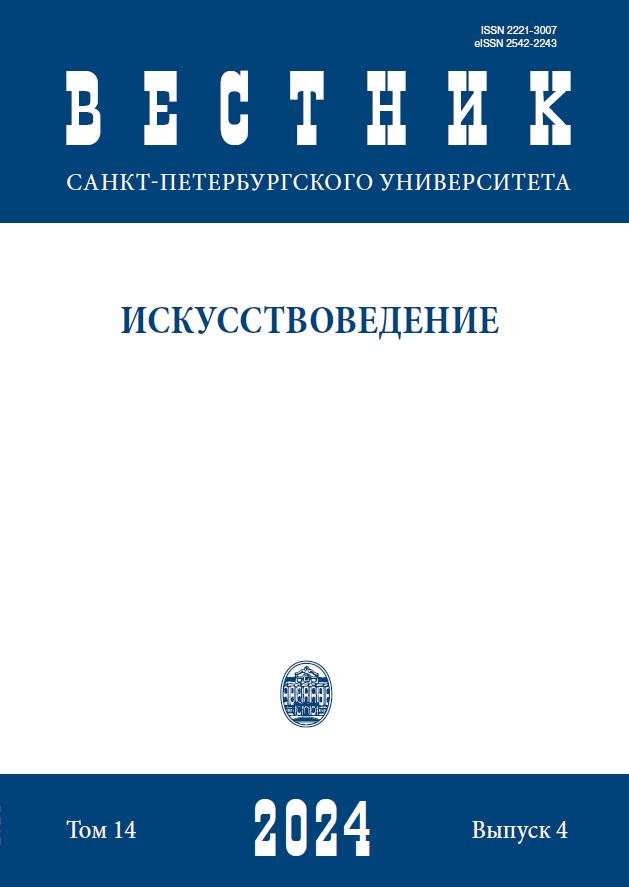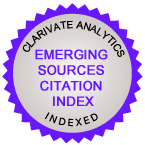Japanese Dragon from Paris Collection in Russian Art of Coloured Stone Cutting Art Nouveau Period
DOI:
https://doi.org/10.21638/spbu15.2024.407Аннотация
The art of Far East countries, namely China and Japan, was an important source for the forms and features of Art Nouveau. However, original works were not the only sources of inspiration. Vivid images of mythical animals, such as two impressive forms of Japanese dragons, penetrated the practices of European craftsmen. This article follows the route of a specific form, and examines the nature of its interpretations, using the example of two stone-cut works by Russian Imperial Lapidary Factories (Peterhof and Ekaterinburg ones). The starting point for these works was an illustration representing a Japanese bronze vase from the Henri Cernuschi collection, published in a French magazine. The discovery and study of this case has provided the exact details to support the general idea about the ways of cross-cultural exchange of Eurasian art at the turn of the 19th and 20th centuries. The article provides a detailed analysis of the decorative elements of a Japanese bronze vase interpreted by Russian stonecutters, and also reveals the features of its implementation in new material. A conclusion is drawn about on the one hand, the discrepancy between the products in question and the main assortment of imperial lapidary factories of the Peterhof and Ekaterinburg. On the other hand, these examples are a convincing illustration of the searches in the Russian art industry of the last third of the 19th century.
Ключевые слова:
stone-cutting art, Art Nouveau, Henri Cernuschi, Peterhof Lapidary Factory, Ekaterinburg Lapidary Factory
Скачивания
Библиографические ссылки
Загрузки
Опубликован
Как цитировать
Выпуск
Раздел
Лицензия
Статьи журнала «Вестник Санкт-Петербургского университета. Искусствоведение» находятся в открытом доступе и распространяются в соответствии с условиями Лицензионного Договора с Санкт-Петербургским государственным университетом, который бесплатно предоставляет авторам неограниченное распространение и самостоятельное архивирование.







